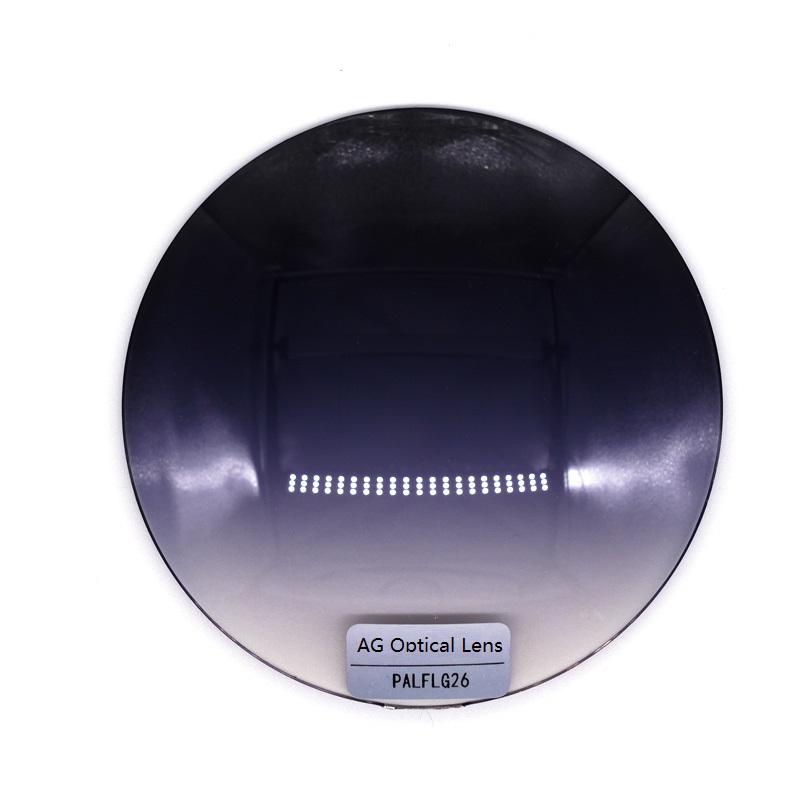Is there a difference in the quality of eyeglass lenses?
Eyeglasses have come a long way since their inception in the 13th century, evolving from rudimentary devices used to correct vision impairment to high-tech instruments that offer advanced vision correction and protection. One of the essential components of eyeglasses is the lenses, which play a vital role in determining the quality of vision and comfort. In this article, we will explore the difference in the quality of eyeglass lenses, the materials used to make them, and the various types of lenses available in the market.
Introduction
The quality of eyeglass lenses is essential for anyone who wears glasses. The lenses determine the clarity of vision, comfort, and durability of the eyeglasses. The market is flooded with different types of lenses, each promising to offer the best vision correction. However, not all lenses are created equal, and there are significant differences in their quality. In this article, we will discuss the various factors that determine the quality of eyeglass lenses.
Materials Used in Eyeglass Lenses
The quality of eyeglass lenses depends on the materials used to make them. The two most common materials used in eyeglass lenses are glass and plastic. Glass lenses were the standard in the early days of eyeglasses, but they have largely been replaced by plastic lenses due to their weight and fragility. However, glass lenses are still used in some applications, such as high-index lenses, which are thinner than plastic lenses and have a higher refractive index.
Plastic lenses are made from various materials, including CR-39, polycarbonate, and Trivex. CR-39 is a type of plastic that has been used in eyeglass lenses for many years. It is lightweight, scratch-resistant, and offers good optical clarity. However, it is not as impact-resistant as other materials and is not suitable for sports or other high-impact activities.

Polycarbonate lenses are a type of plastic that is highly impact-resistant and is often used in sports and safety glasses. They are also lightweight and offer excellent optical clarity. However, they are more prone to scratching than CR-39 lenses.
Trivex lenses are a newer type of plastic lens that was developed in the early 2000s. They are similar to polycarbonate lenses in that they are highly impact-resistant and lightweight. However, they also offer better optical clarity and are less prone to scratching than polycarbonate lenses.
Lens Coatings
Another factor that affects the quality of eyeglass lenses is the coatings applied to the lens surface. Coatings can enhance the durability, clarity, and comfort of the lenses. Some of the most common lens coatings include anti-reflective, scratch-resistant, and UV protection coatings.
Anti-reflective coatings are applied to the surface of the lenses to reduce glare and reflections. This coating is especially useful for people who spend a lot of time in front of a computer or under bright lights. It also enhances the cosmetic appeal of the glasses by making the lenses appear more transparent.
Scratch-resistant coatings are applied to the lens surface to make them more durable and less prone to scratching. This coating is particularly useful for people who are rough with their glasses or who work in environments that expose their glasses to abrasive materials.
UV protection coatings are applied to the lens surface to protect the eyes from harmful ultraviolet radiation. Exposure to UV radiation can cause cataracts, macular degeneration, and other eye conditions. UV protection coatings are especially important for people who spend a lot of time outdoors.
Types of Eyeglass Lenses
There are several types of eyeglass lenses available in the market, each designed to address specific vision problems. Some of the most common types of eyeglass lenses include:
Single vision lenses: These lenses have the same power throughout the lens and are used to correct myopia (nearsightedness), hyperopia (farsightedness), and astigmatism.
Bifocal lenses: These lenses have two different power zones, separated by a visible line. The upper portion of the lens is used for distance vision, and the lower portion is used for near vision. Bifocal lenses are commonly used by people who have presbyopia, a condition that affects the ability to focus on close objects.
Progressive lenses: These lenses offer a gradual change in power from the top of the lens to the bottom, allowing for clear vision at all distances. Progressive lenses are similar to bifocal lenses, but they do not have a visible line separating the different power zones. They are often preferred by people who require a more natural and seamless transition between distant and near vision.
Wraparound lenses: These lenses curve around the face and provide better peripheral vision than traditional lenses. They are often used for sports and other outdoor activities.
